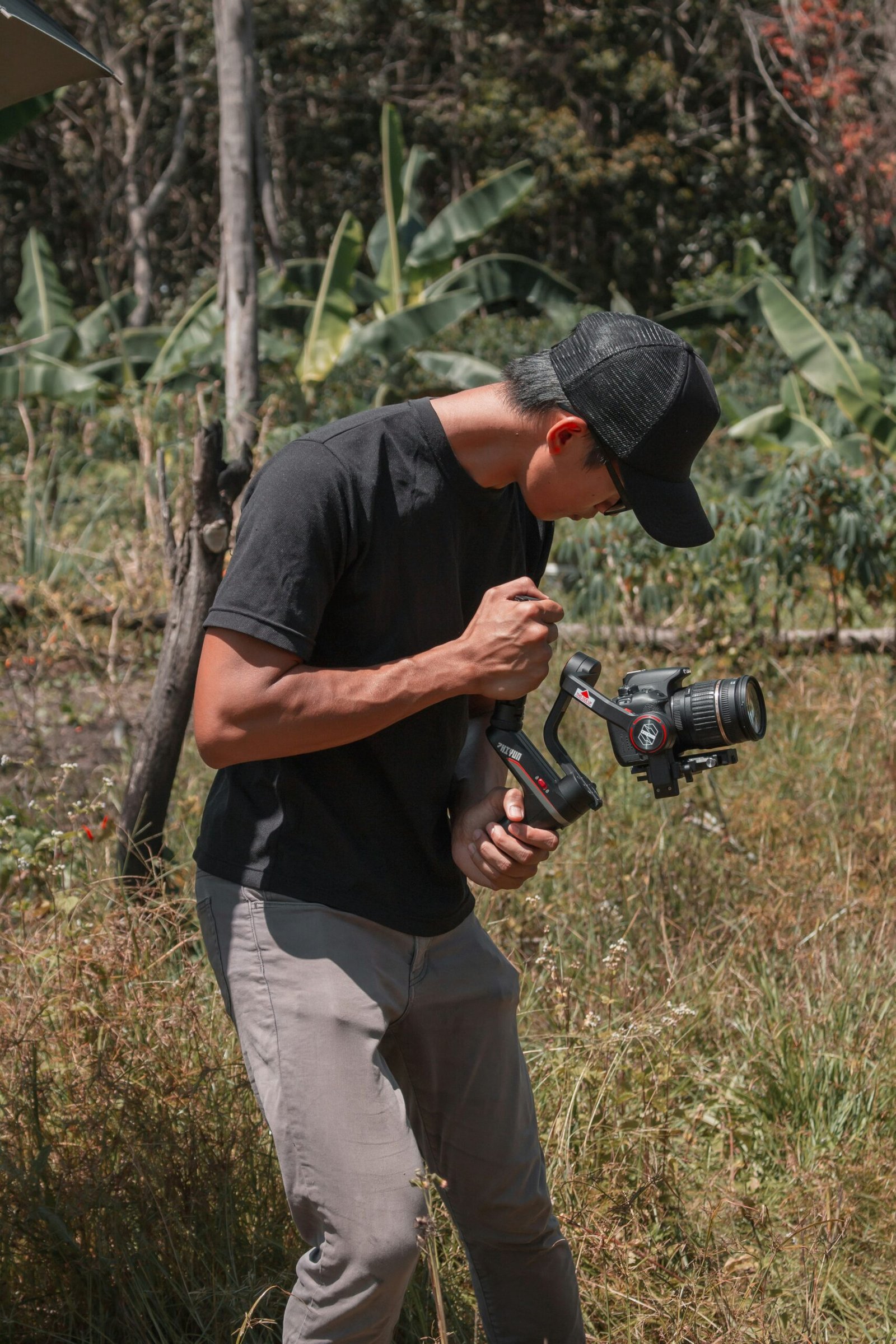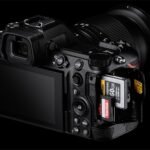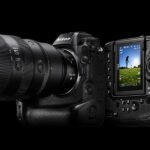
Introduction to Event Photography
Event photography is a specialized field within the broader realm of professional photography, dedicated to documenting and preserving the memorable moments of diverse occasions. From the intimate setting of weddings to the expansive environment of corporate galas, from festive parties to high-energy concerts, the objective remains consistent: to encapsulate the essence of the event. In 2024, the focus of event photographers gravitates towards capturing dynamic, high-quality images that not only freeze moments in time but also weave them into a visual narrative that tells the story of the event.
The significance of event photography lies in its ability to immortalize celebrations, creating lasting memories for hosts and attendees alike. This branch of photography is not just about taking pictures; it is about observing and capturing authentic interactions, emotions, and key highlights that define the unique atmosphere of each event. Event photographers must be adept at maneuvering through often busy spaces, being unobtrusive yet ready to capture moments as they unfold naturally. Such imagery serves multiple purposes, from personal mementos to marketing materials, depending on the nature of the event.
In today’s digital age, where visual content reigns supreme, event photographers shoulder the responsibility of producing images that stand out in quality and storytelling. Advances in camera technology and post-processing techniques enable photographers to deliver spectacularly sharp and vividly colored photos that evoke the true spirit of the occasion. Additionally, they must possess a keen sense of timing and composition to capture fleeting moments that best represent the event’s atmosphere. Ultimately, whether it is the joyous glitter of confetti during a wedding ceremony or the powerful keynote speech during a corporate conference, event photographers play a pivotal role in preserving the memories that define these special gatherings.
Preparation and Planning
Ensuring success in event photography begins with meticulous preparation and planning. The first step is to gain a comprehensive understanding of the event schedule. This includes identifying the start and end times of significant activities and noting any key moments that are crucial to capture. Event photographers should liaise with event organizers to obtain this schedule and discuss any specific requirements or expectations they may have.
Next, creating a shot list is essential. This list should encompass all the pivotal moments the photographer aims to capture, from speeches and performances to candid interactions among the guests. By having a clear shot list, photographers can stay organized and ensure they cover all necessary highlights without missing any critical moments.
Another crucial aspect of preparation is familiarizing oneself with the event venue. Conduct a site visit if possible, or research the venue online to understand the layout, lighting conditions, and potential challenges. Knowing the venue allows photographers to plan their movements and set up their equipment in optimal locations. This preparation can significantly enhance the quality of the shots and reduce the chances of encountering unexpected obstacles.
Coordination with event organizers goes beyond initial discussions. Maintaining open communication on the day of the event ensures photographers are informed of any last-minute changes to the schedule or venue setup. This adaptability is vital in capturing spontaneous and unforeseen moments that add value to the event’s visual narrative.
Lastly, ensuring that the necessary equipment is ready and functional is a vital part of the preparation. This includes charging batteries, cleaning lenses, and having backup gear available. Proper equipment setup, combined with strategic planning and thorough knowledge of the event, positions photographers to capture memorable and high-quality images that truly reflect the event’s essence.
Mastering Lighting Techniques
In the realm of event photography, adept management of lighting stands as a cornerstone for achieving visually compelling and high-quality images. Given the unpredictable and varied lighting conditions that events often present, mastering lighting techniques becomes imperative for any photographer striving for excellence. This article explores effective strategies to navigate through low light, mixed lighting, and excessively bright lighting situations, ensuring consistency and clarity in your captures.
One of the primary challenges encountered in event photography is low light. When faced with dimly lit environments, utilizing an off-camera flash can significantly enhance the illumination of subjects without overpowering the ambient light. Positioning the flash at an angle can help in avoiding harsh shadows and producing a more natural, flattering light. Additionally, diffusers or softboxes can be employed to soften the intensity of the flash, ensuring that the flash complements rather than dominates the existing lighting.
Adjusting camera settings is another pivotal step in mastering low light conditions. Increasing the ISO can make the sensor more sensitive to light, though it’s crucial to strike a balance to avoid excessive noise in the image. Paired with a wider aperture, which allows more light to hit the sensor, and a slower shutter speed, which gives the camera more time to collect light, these adjustments can make a marked difference in the clarity and brightness of your photos.
Mixed lighting scenarios, where different sources of lights with varying color temperatures are present, pose another set of challenges. In such cases, understanding and adjusting the white balance settings on your camera can help maintain color accuracy. Custom white balance settings or shooting in RAW format enables more flexibility in post-processing, where fine-tuning can address inconsistencies and achieve a cohesive look.
Handling bright lighting conditions requires a different approach. During daytime events or in brightly lit interiors, using neutral density (ND) filters can help reduce the amount of light entering the lens, preventing overexposure. Moreover, positioning subjects in shade or utilizing reflectors to control the light can mitigate the harshness and produce a well-balanced image.
By integrating these lighting techniques into your repertoire, you not only enhance the visual appeal of your event photography but also ensure a high level of consistency and quality across your portfolio. The ability to adapt and optimize lighting conditions is a testament to a photographer’s skill and dedication to their craft.

Balancing Candid and Posed Shots
An outstanding event photo collection deftly balances the spontaneity of candid shots with the precision of posed ones. Candid shots have the power to capture the genuine atmosphere and unplanned interactions that vividly bring an event to life. Conversely, posed shots are indispensable for formal portraits, meticulously showcasing key individuals or groups in their best light. Integrating both types of photographs successfully requires a blend of observation, engagement, and technical skill.
To capture candid moments effectively, the photographer should remain unobtrusive, allowing attendees to interact naturally. Utilizing a zoom lens helps maintain distance while still achieving intimate shots. Another technique is to anticipate moments by closely monitoring interactions and emotions, ensuring the shutter is pressed just when a meaningful gesture or expression is about to unfold. This proactive approach to candid photography results in images that feel alive and authentic.
Encouraging natural interaction is crucial. A professional photographer might initiate a light conversation or a fun activity to elicit genuine expressions and connections. These moments, although lightly directed, still resonate with the charm of spontaneity. For instance, subtle prompts can be used to make individuals laugh or engage in a shared activity, creating genuine and memorable moments worth capturing.
When it comes to posed shots, preparation and communication are key. Choosing the right background, ensuring good lighting, and guiding subjects on how to stand or position themselves are fundamental. It’s essential to make subjects feel comfortable and confident; often, giving them minor adjustments and positive feedback can help. Professionalism is reflected in how effortlessly these shots are constructed, appearing refined and polished without seeming rigid or unnatural.
Ultimately, a balanced event photography portfolio offers a rich tapestry of the event’s narrative, weaving together the personal, emotive elements of candid shots with the structured elegance of posed portraits. This harmonious blend not only commemorates the event but also encapsulates its essence for years to come.
Exploring Composition and Angles
In the realm of event photography, the mastery of composition and angles proves indispensable for producing captivating images. A proficient photographer understands that experimenting with various perspectives is crucial in creating a diverse and visually engaging photo collection. One effective approach is to incorporate unique angles that can transform mundane scenes into compelling photographs. By shooting from a low angle, for instance, the photographer can emphasize grandeur and scale, imbuing the image with a dramatic flair that might be unattainable from eye level.
Foreground elements are another technique that can add depth and intrigue to event photography. These elements act as natural frames, guiding the viewer’s eyes toward the primary subjects while enriching the overall context. An event backdrop punctuated with details like floral arrangements, architectural features, or even candid attendees can significantly enhance the narrative quality of a photo.
Wide shots, capturing the breadth of the event’s environment, are equally vital. These shots allow the viewer to absorb the atmosphere and scale of the occasion, providing a holistic view of the event. Wide shots serve to encapsulate the collective energy and ambiance, essential for relaying the comprehensive story of the event.
Moreover, leveraging varied perspectives can inject a fresh dynamism into the visual storytelling of an event. A high vantage point, such as from a balcony or stairway, can offer a sweeping perspective that highlights the scope and setting of the gathering. Conversely, a close-up shot focusing on expressions or intricate details can convey the individuality and emotional essence of the event.
In sum, the strategic use of composition and angles can significantly enrich event photography. By tactically employing unique angles, incorporating foreground elements, and meticulously capturing wide shots, photographers can produce a collection that is as diverse as it is engaging, ensuring that every memorable moment is vividly brought to life.

Essential Equipment for Event Photography
Equipping oneself with the right tools is a paramount aspect of excelling in event photography. The first and foremost essential is a reliable camera, typically a digital single-lens reflex (DSLR) or mirrorless camera, known for their versatility and high image quality. When it comes to selecting the ideal camera, consider factors such as low-light performance, battery life, and ease of use—crucial attributes given the dynamic and often unpredictable nature of events.
Beyond the camera, lenses play a vital role. A versatile zoom lens, such as a 24-70mm, offers flexibility to capture both wide shots and close-ups without needing to change lenses frequently. Prime lenses, particularly those with a wide aperture (like a 50mm f/1.8), are invaluable for low-light situations and achieving a pleasing depth of field. For large events or sports photography, a telephoto lens (e.g., 70-200mm) allows photographers to capture distant subjects crisply and with precision.
Lighting equipment is another cornerstone of professional event photography. Speedlights or external flashes provide the necessary light source when natural lighting is insufficient. Additionally, diffusers and softboxes help soften and distribute the light evenly, reducing harsh shadows and highlights. In more controlled environments, portable LED light panels can be a durable and adjustable solution for both photography and videography needs.
Accessories, although sometimes overlooked, are equally critical. Memory cards with ample storage capacity and fast write speeds ensure that no moment is missed. Extra batteries are indispensable, allowing photographers to continue shooting without interruption. A sturdy tripod can steady the camera for long exposure shots, especially useful for dark environments or capturing intricate details. Finally, camera bags provide both mobility and protection, ensuring that equipment remains safe and accessible throughout the event.
Choosing the right equipment also involves tailoring it to the specific event and personal shooting style. For example, a photographer at a wedding might prioritize low-light performance and portrait lenses, while a concert photographer could emphasize fast shutter speeds and wide-angle lenses to capture the crowd and stage.
Maintaining and managing gear during an event is equally essential. Regular battery checks, cleaning lenses, and organizing equipment methodically ensures that photographers remain focused on capturing memorable moments without technical hitches. Proper care and maintenance not only extend the life of the equipment but also contribute to the overall efficiency and success of the event photography endeavor.
Tips for Engaging with Event Participants
Building rapport with event participants is crucial for capturing natural and engaging photos that truly represent the essence of the event. To achieve this, the photographer must develop effective communication techniques, understand cultural sensitivities, and employ strategies to make guests feel at ease.
First and foremost, approach guests with a friendly disposition. A smile coupled with a polite introduction sets a positive tone right from the start. Ask for their names and use them during the conversation, as this can create a sense of familiarity and comfort. In addition, listen actively to what guests have to say, which demonstrates genuine interest and helps in forming a quick connection.
Understanding cultural sensitivities is another critical factor. Before the event, take time to research the cultural backgrounds of expected attendees. This knowledge can guide appropriate interaction styles, such as understanding personal space preferences, greetings, and gestures. It enriches your engagement with participants, respecting their traditions and making them feel valued.
Equally important is making guests feel comfortable in front of the camera. Many people can feel awkward or self-conscious when being photographed. Reassure them by explaining the process casually and giving them some gentle direction, such as suggesting natural poses or candid moments. Providing positive feedback while taking photos can boost their confidence, resulting in more relaxed and authentic images.
Another useful approach is mingling with the crowd casually. Blend in as an attendee rather than standing out as just the photographer. This not only puts the participants at ease but also allows you to capture more spontaneous and unguarded moments. Always be observant and ready to seize moments that reflect genuine emotions and interactions, contributing to a compelling visual story of the event.
By fostering positive interactions and creating a comfortable environment for event participants, photographers can enhance the quality of their work. Engaged and relaxed subjects result in images that are truly memorable, authentic, and telling of the event’s atmosphere.
Post-Processing and Editing
Post-processing is an indispensable stage in event photography, bridging the gap between capturing raw moments and presenting polished, memorable images. The primary goal here is to enhance photographs without losing the essence of the captured moments. One key area of focus is color correction. This involves adjusting the color balance to ensure that the hues in the photos accurately represent the scene as witnessed. Effective color correction can transform an image, making it vibrant and visually appealing while staying true to the original moment.

Equally important is exposure adjustment. This technique ensures that the images have the right amount of light and shadow. Adjusting the exposure can recover details in both the highlights and the shadows, thereby creating a balanced and well-lit photo. Pay attention to the histogram of the image, as it provides a clear indication of any overexposed or underexposed areas that need adjustment.
Retouching is another critical aspect of post-processing, particularly in event photography where portraits are frequent. Basic retouching can include removing blemishes, softening skin, and eliminating distracting elements from the background. Advanced retouching, however, involves more intricate enhancements like dodging and burning, frequency separation for skin smoothing, and sharpening specific areas to draw attention where needed.
Consistency is paramount when editing a collection of event photos. To achieve a uniform look, establish a set of presets or standard editing parameters that can be applied across all images. This includes maintaining consistent color tones, contrast levels, and sharpness. Doing so ensures that the photo collection appears cohesive and professional.
When it comes to software, tools such as Adobe Lightroom and Photoshop are industry standards. Lightroom is particularly useful for batch processing and applying global adjustments quickly. Photoshop, on the other hand, excels in more detailed retouching and layered editing. Familiarizing oneself with these tools can significantly enhance the efficiency and quality of post-processing work.
In summary, mastering post-processing and editing is crucial for delivering high-quality event photographs. By focusing on color correction, exposure adjustment, and retouching, and using powerful editing software effectively, photographers can ensure their final images are both consistent and compelling.

Reference Links:
- How to Master Event Photography: A Complete Guide – Photography Talk offers a detailed guide on capturing successful event photos.
- 10 Tips for Capturing Great Event Photos – Eventbrite provides practical tips for photographing various types of events.
- The Ultimate Guide to Event Photography – Format Magazine shares comprehensive advice on taking effective event photos.
Video Link:
- Video: Event Photography Tips for Beginners – A YouTube video offering essential tips and techniques for beginner event photographers, covering everything from preparation to post-processing.
These resources will help event photographers capture and create compelling visual stories that effectively represent the essence and excitement of various events.




